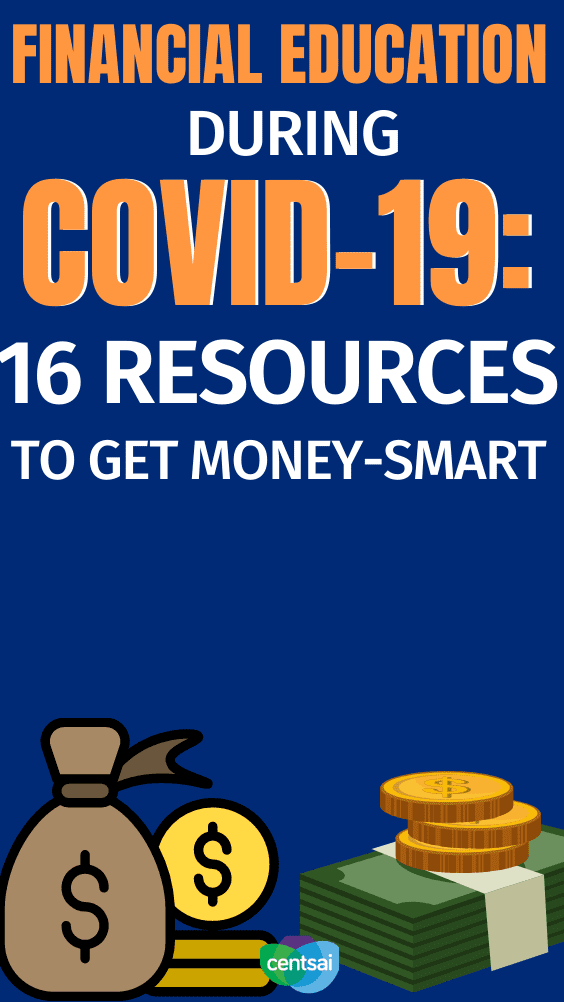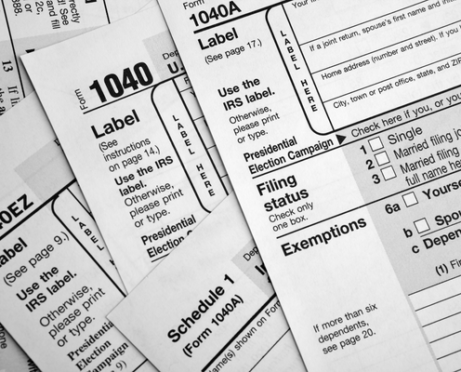
 Financial literacy is a lifelong pursuit. Research studies have shown that many people get smarter about personal finance through practical experiences (e.g., investing) and life events (e.g., home buying).
Financial literacy is a lifelong pursuit. Research studies have shown that many people get smarter about personal finance through practical experiences (e.g., investing) and life events (e.g., home buying).
In addition to formal financial education programs in schools and at workplaces, people also gain knowledge about personal finance through self-directed learning.
I encourage my Twitter followers to learn one new thing about personal finance every day. Even during a pandemic, with limitations on travel and group meetings, there are many free or low-cost resources available for informal financial education.
Listed below are 16 ways to help you learn more about personal finance:
1. Peruse the Newest Blogs
There are hundreds, maybe thousands, of personal finance blogs. Each year, the top financial blogs in various categories get recognized with Plutus awards. Search “personal finance blogs” online to find curated lists and subscribe to blogs that interest you.
2. Read Books
The number of personal finance books is in the thousands. I know because I recently wrote one (Flipping a Switch) and regularly check its Amazon rankings. Search “personal finance books” to find curated lists. You may be available to borrow copies of them from your local library.
3. Take a Course
Again, search online for curated lists of online personal finance courses, such as Hands on Banking (Wells Fargo), Investing for Your Future (Cooperative Extension), Personal Finance 101 (Udemy), Smart About Money (National Endowment for Financial Education). There are also courses available from Coursera and Khan Academy.
4. Consult With Financial Advisors
Contact current or potential advisors with questions within their area of expertise. Some advisors provide free community programs at libraries (without a sales pitch!) or free initial consultations.
5. Access Government Resources
Federal and state agencies have high-quality financial education materials. A good place to start looking is MyMoney.gov, the website of the Financial Literacy and Education Commission. Resources are organized around five key topics called the MyMoney Five.
6. Search Around the Webs–
Sometimes, the best way to find the information that you need is to simply search keywords and see what you find. Websites that are not useful may ultimately lead to those that are.
7. Join Investment Clubs
These are formal groups of people who learn about investments together and pool their money to purchase a portfolio of stock. Many clubs have been meeting virtually during the pandemic.
8. Leaf Through Magazines
Personal finance magazines include Barron’s, Bloomberg Businessweek, The Economist, Kiplinger’s Personal Finance, Forbes, and Money (available in digital format). Investment companies also produce magazines, and AARP includes personal finance content. Free copies to borrow may be available at your local library.
9. Subscribe to Newspapers
The Wall Street Journal is America’s leading personal finance newspaper. Large city newspapers also include significant personal finance content. Links to key stories are typically posted on social media.
10. Utilize Online Quizzes and Calculators
Hundreds of financial quizzes and calculators are available to test financial knowledge and “personalize” financial information (e.g., calculate potential savings).
11. Listen to Podcasts-
There are more than 550,000 podcasts available to download. Search “personal finance podcasts” online to find curated lists. Subscribe for free to podcasts that are of interest.
12. Download Software and Apps
Search “personal finance software” (or apps) to find curated lists with recommended options. Since there are so many tools to choose from, curated lists are usually organized by category (e.g., budgeting and taxes).
13. Tune in to Talk Radio
Personal finance topics are covered on National Public Radio (NPR) and on individual radio station shows featuring nationally known speakers (e.g., Clark Howard and Ric Edelman) and/or local experts.
14. Watch (Some) TV Shows
Search “personal finance television shows” to find curated lists with recommended options. Examples include Squawk Box and The Profit (CNBC), and Your Money (CNN).
15. Participate in Twitter Chats
Engage in a synchronous “conversation” with others about a financial topic using a common hashtag (e.g., Experian’s #creditchat on Wednesday afternoons from 3 to 4 p.m. ET).
16. Stream Webinars
Find free personal finance webinars via the websites and/or social media posts of webinar sponsors. Many public libraries, such as the New York Public Library, have been offering free webinars and archiving them.




